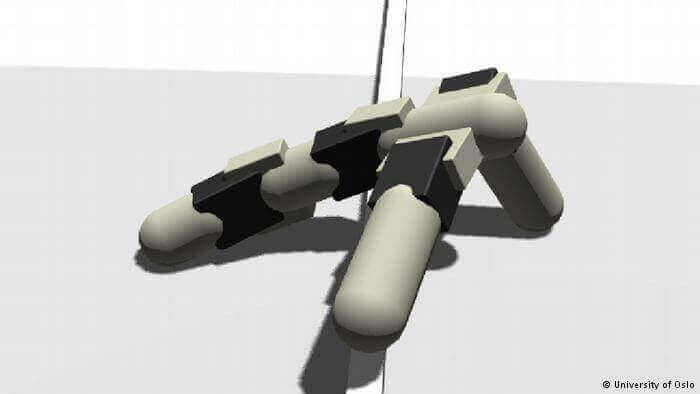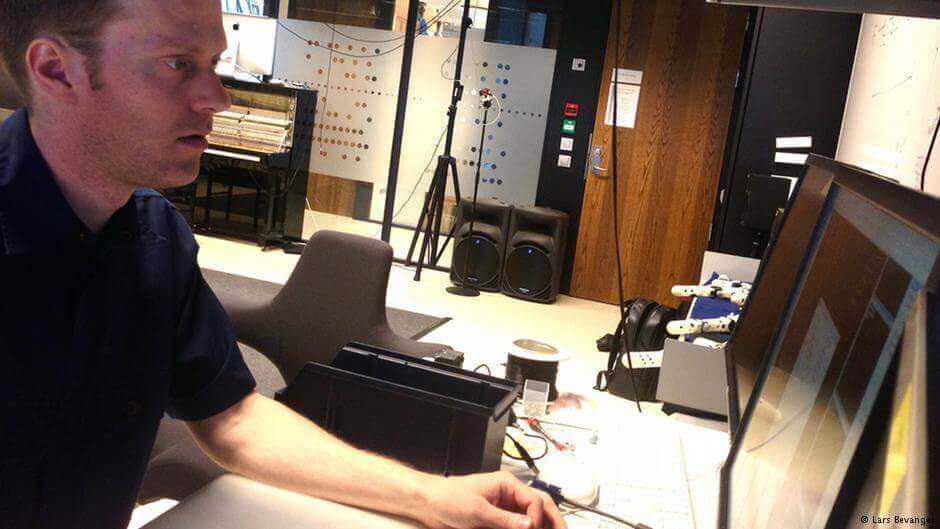Do computers do it better? Today in tech, we have self-educating, self-reproducing 3D printing robots from the University of Oslo.
A research team in Norway is working towards robots that conduct their own artificial evolution, and hope, one day, to use this power for good. In disaster zones and other dangerous, high-stress situations, robots already have proven extremely useful. But most robots have their limits – and here’s where smart AI and fast adaption can prove invaluable.
The Idea: Iterate Your Design For Better Adaption. Then 3D Print It.

First, the computer program is given an objective: for example, walk from point A to B, or cross the lab of Kyrre Glette, the associate professor of the university’s research group.
His robots are constructed with sausage-like pieces and conceived in a “virtual womb”, wherein the computer tests countless solutions, building from those that work and discarding those that don’t.
Once the program has determined the best solution, it 3D prints its design. The final step is up to the robotics team, who assemble the robot with servo motors.
The data from the working robot are then fed back in the system, so it can learn from its flaws and mistakes.
(Yes, Darwin would be proud.)
How Robot Evolution works
The project in the University of Oslo is by no means finished. Currently, the robots aren’t fully prepared to deal with unexpected obstacles. In the future, however, the program could learn in real time and print out new parts to circumvent problems. Whatever the unexpected or dangerous situation, these AI could adapt and create. Radiation zones, deep space, natural disasters, the areas of use for self-adapting robots appear endless.
The resulting robots have uneven gaits, and a host of other problems. According to Glette, “there’s bound to be some mismatch between the virtual world and the real world”, so there is still a lot of work to do.
Notably, Glette also says that there has yet to be a real breakthrough with AI solving complex problems. Glette, however, notes “I think we will get smarter and smarter solutions, but no real human-like intelligence any time soon.” (via: Deutsche Welle)
License: The text of "Artificial Evolution: Robots 3D Print Themselves" by All3DP is licensed under a Creative Commons Attribution 4.0 International License.
